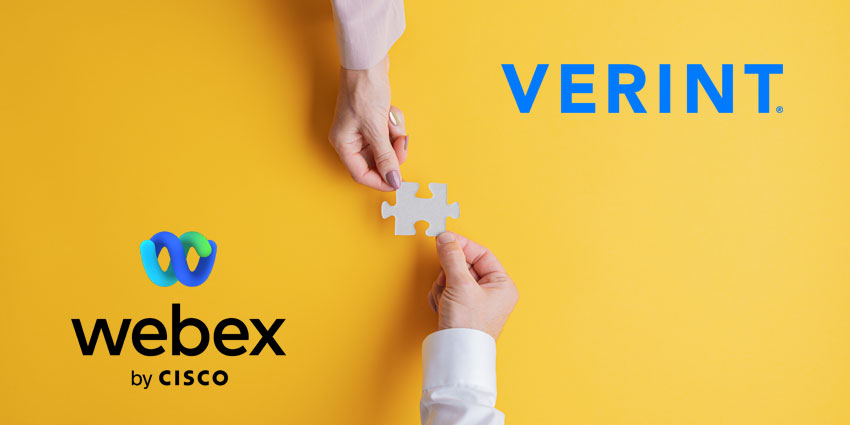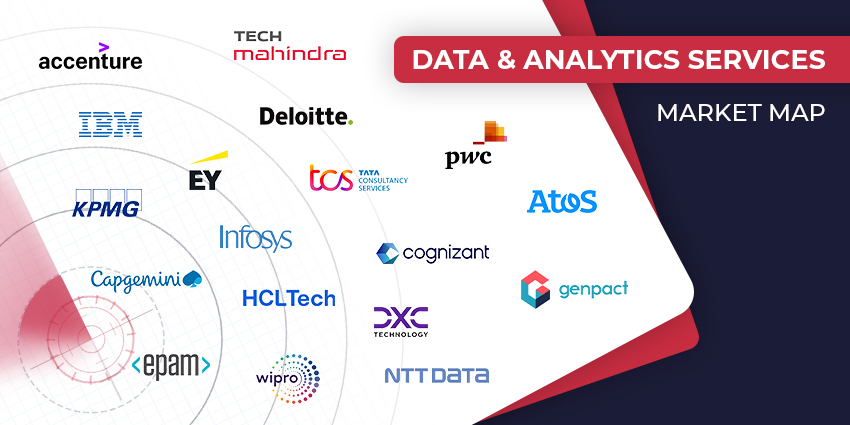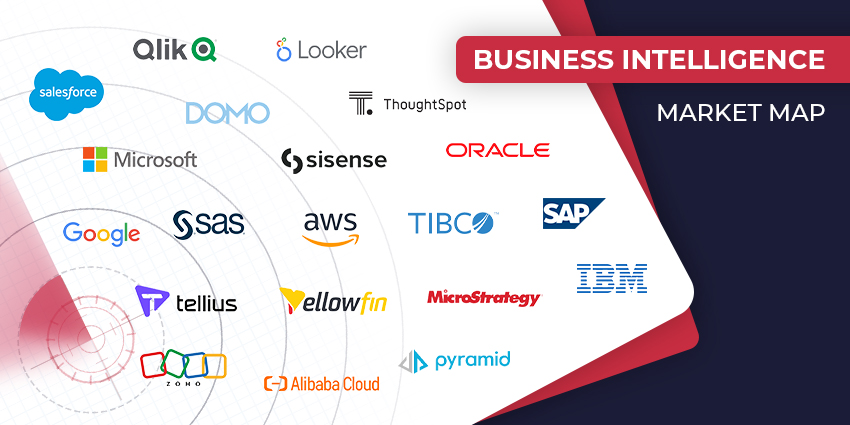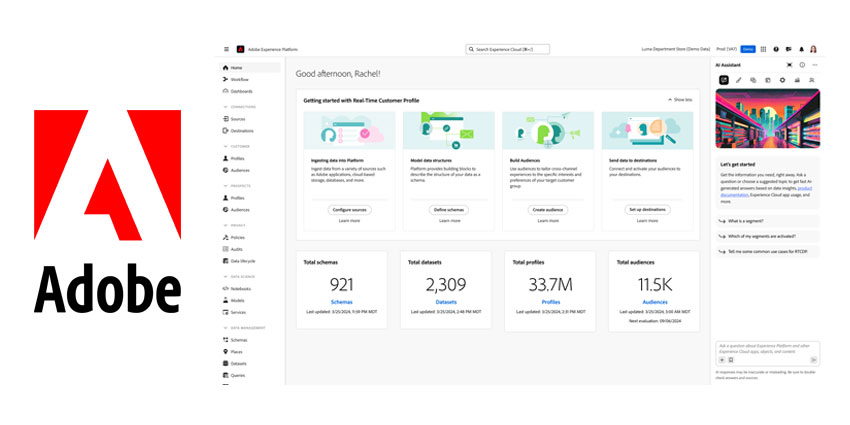Accurate automated voice transcription has been the dream of journalists for a long time, and the recent advances in the technology are nothing short of miraculous when compared with the outputs of such software just a couple of years ago.
However when it comes to highly regulated industries like healthcare and financial services, the present generation of transcription tools, even with their advanced processing and deep learning capabilities, still haven’t met last-mile quality thresholds for context, relevance, and actionability. Regulations such as MiFID II require regulated firms to retain audio recordings for evidential reasons, however, searches on transcripts are not good enough to locate and identify all risks — and as such, over-reliance on this technology represents a strategic risk in itself. In addition, applying headcount to solve this problem through manual review isn’t a viable approach: The cost of compliance for a small firm of 200 users, for example, simply for reviewing two hours of recorded content per user, (200 users x 2 hours review per month x $56 per hour of compliance review time) would result in an annual cost of $268,800.
Industry experts Theta Lake have recently published guidance on best practice for using automated transcripts as a part of effective compliance, and this includes a number of recommendations which policymakers can implement as part of their risk assessment and action plan.
Choosing transcription tools
It begins with choosing a communication compliance vendor with integrated modern transcription tools developed specifically for this purpose, which will produce far more accurate outputs than can be gained from bolting on transcription services to legacy recording apps — a false economy ultimately, due to high numbers of false-positives prompting costly manual review. Instead, your vendor should provide tools with embedded capabilities that are tuned to the kind of audio input provided, technology such as natural language processing and machine learning can account for factors such as language, accent and specialist vocabulary to improve the accuracy of risk detections.
If the underlying goal is to enable compliance teams to efficiently and effectively identify conversations that present compliance risks to the organisation, then instead of relying on automated transcription to meet compliance needs on its own, it should be regarded as one aspect of a multi-layered compliance review and supervision programme.
Normalisation for context
Extracting the context and meaning of a conversation from a transcript alone is unreliable, and cannot yet solve the fundamental challenges of scalable analysis. Normalisation filters are an essential layer, to apply this context using advanced domain-specific techniques that are trained on regulatory and governance risks, for example to first detect and identify content to flag as revealing personally identifying information (PII) for manual review, and secondly to process this through a guided workflow for review and supervision of the data.
Integrating and automating that workflow is essential, to ensure that slow and costly human intervention is reserved for the highest-risk content, and that process is commented and documented fully before the content is archived, to demonstrate compliance to auditors.
Risk and compliance
Creating a robust and auditable policy and practice is what compliance ultimately comes down to when creating a defensible risk-based supervision strategy. The risks and the best way to mitigate them will be unique to each organisation, to each interaction — as such, accurate assessment and bespoke implementation support from a specialised vendor like Theta Lake is an essential step.
Transcription tools must be integrated into an overall compliance strategy which takes account of not only audio content, but instead acknowledges the omni-channel context in which most interactions now occur such as video and collaboration chat, and further embeds appropriate retention cycles and action/supervision protocols to be followed to comply with industry regulations and best practices, such as FINRA’s 2019 Examination Findings and Observations which outlined the need to expand record preservation to “app-based messaging service or a collaboration platform”…
As this exciting aspect of unified communications continues to evolve, we can expect to see its impact on not just compliance but many other areas of data analysis and business intelligence continue to grow. During this pivotal developmental phase, alignment with the right vendors and intentions is an essential part of every regulated organisation’s compliance strategy.
Download Theta Lake’s white paper, “6 Dos and Don’ts When Using Transcription for Compliance”, for further information.







